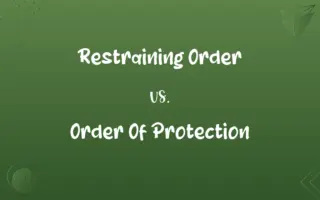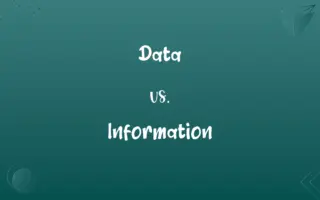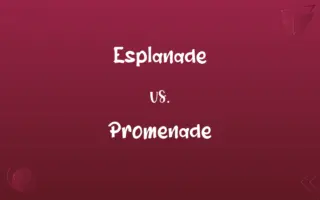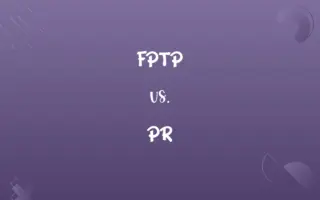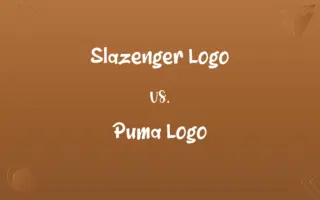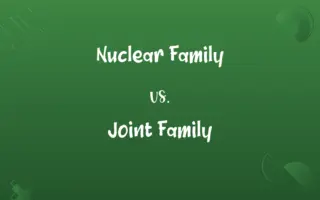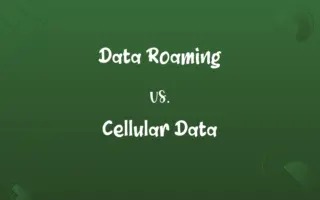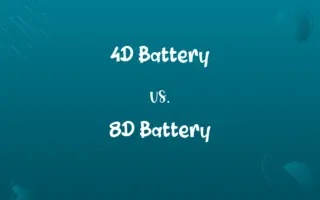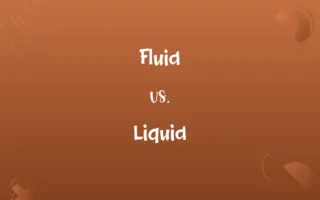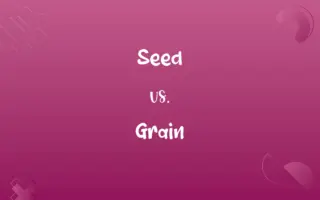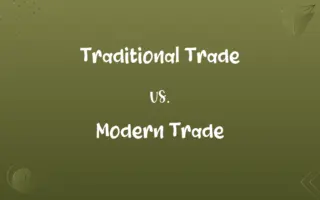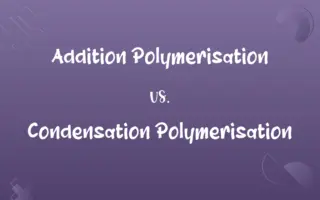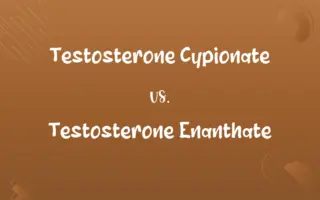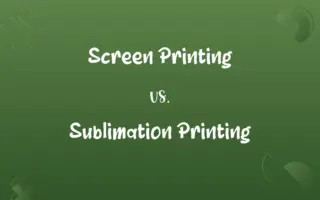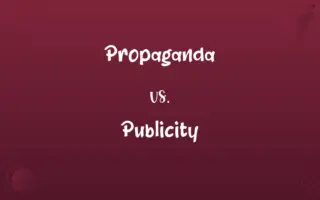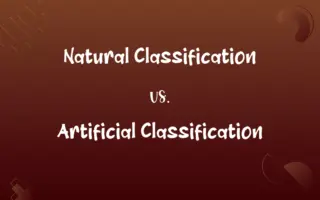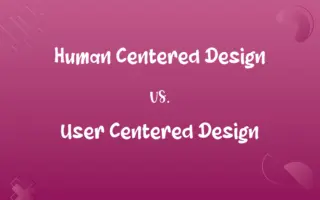Effluent vs. Influent: Know the Difference

By Hifza Nasir & Dua Fatima || Published on May 10, 2024
Effluent refers to wastewater or pollutants exiting a system, while influent denotes water or substances entering a treatment process.
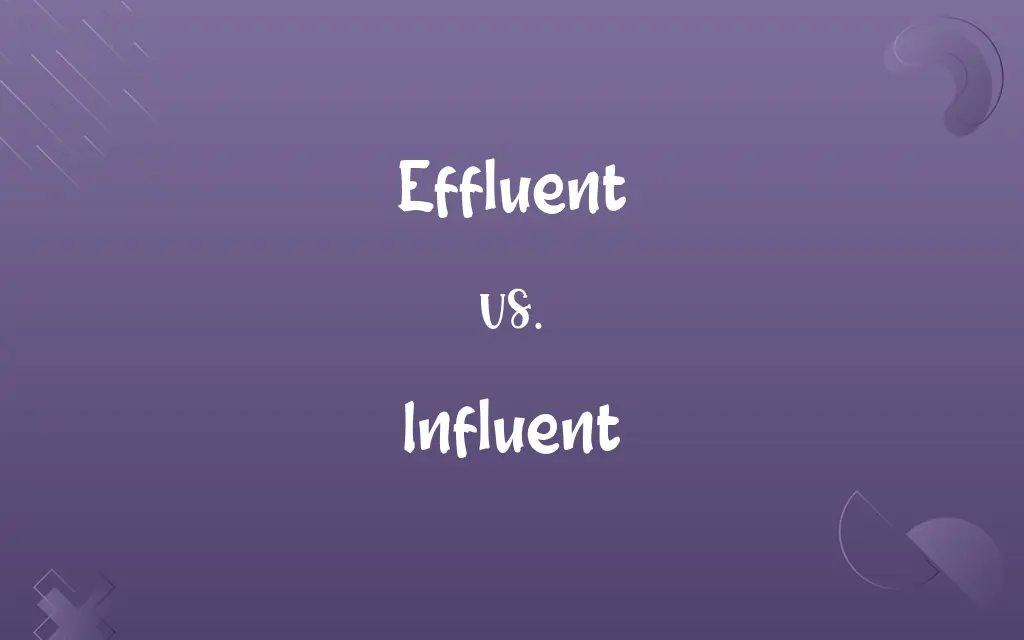
Key Differences
Effluent and influent are terms primarily used in environmental engineering, specifically relating to water treatment processes. Effluent is the treated or untreated water that flows out of a wastewater treatment plant, factory, or natural body of water, carrying away dissolved or suspended pollutants. In contrast, influent is the incoming water, including raw sewage or natural water, entering a treatment facility or system for processing or purification.
Dua Fatima
May 10, 2024
The quality of effluent and influent differs significantly; influent is characterized by its high concentration of contaminants and pollutants that need removal or treatment. On the other hand, effluent, especially after treatment, has lower levels of contaminants, making it safer for discharge into the environment or for reuse in certain applications.
Hifza Nasir
May 10, 2024
Regulatory standards for water treatment focus heavily on the quality of effluent, as it impacts environmental and public health. These standards dictate the permissible levels of pollutants in effluent to minimize environmental harm. The quality of influent, while variable, sets the baseline for the treatment process's complexity and intensity.
Hifza Nasir
May 10, 2024
The treatment processes involved for influent and effluent are designed to address their specific qualities. Influent treatment involves removal of contaminants through physical, chemical, and biological processes to protect public health and the environment. Effluent treatment, particularly for reuse, may undergo additional processes to meet higher quality standards.
Dua Fatima
May 10, 2024
The terminology highlights the flow direction of water in treatment systems: influent marks the beginning of the purification journey, while effluent signifies the end, post-treatment phase. Understanding the distinction is crucial for professionals in environmental management, water treatment, and policy development to ensure effective water quality management.
Shumaila Saeed
May 10, 2024
ADVERTISEMENT
Comparison Chart
Definition
Water/pollutants exiting a system
Water/substances entering a system
Hifza Nasir
May 10, 2024
Primary Concern
Quality post-treatment for safe discharge
Quality pre-treatment for removal of contaminants
Dua Fatima
May 10, 2024
Regulatory Focus
Standards for pollutant levels in discharge
Baseline for treatment requirements
Hifza Nasir
May 10, 2024
Treatment Objective
Reduce pollutants to meet discharge standards
Remove contaminants to protect health/environment
Hifza Nasir
May 10, 2024
Environmental Impact
Monitored to protect ecosystems
Assessed to determine treatment needs
Shumaila Saeed
May 10, 2024
ADVERTISEMENT
Effluent and Influent Definitions
Effluent
Outflow of pollutants from industrial processes.
Effluent from the factory is treated to remove heavy metals.
Shumaila Saeed
Mar 01, 2024
Influent
Stormwater collected for processing.
The storm's influent overloaded the treatment system.
Shumaila Saeed
Mar 01, 2024
Effluent
Agricultural runoff entering rivers.
Effluent from the fields increases nutrient levels in the water.
Hifza Nasir
Mar 01, 2024
Influent
Untreated water entering a treatment plant.
The influent contains high levels of organic matter.
Hifza Nasir
Mar 01, 2024
Effluent
Treated wastewater discharged into a natural body of water.
The plant's effluent is tested daily for contaminants.
Dua Fatima
Mar 01, 2024
ADVERTISEMENT
Influent
Raw sewage directed to wastewater facilities.
Influent quality varies with community water usage.
Shumaila Saeed
Mar 01, 2024
Effluent
Water exiting a treatment facility.
The effluent undergoes further purification before release.
Shumaila Saeed
Mar 01, 2024
Influent
Industrial water supply for cooling processes.
Influent temperature affects the efficiency of the cooling system.
Hifza Nasir
Mar 01, 2024
Effluent
Liquid waste expelled from a sewage system.
The effluent is monitored to ensure it meets environmental standards.
Hifza Nasir
Mar 01, 2024
Influent
Groundwater seeping into sewage lines.
Influent from groundwater increases the volume of wastewater treated.
Dua Fatima
Mar 01, 2024
Effluent
Sewage water that has been (partially) treated, and is released into a natural body of water; a flow of any liquid waste.
Dua Fatima
Mar 01, 2024
Repeatedly Asked Queries
How do regulations affect effluent and influent?
Regulations set standards for effluent quality to protect health and the environment, and influence treatment practices for influent.
Dua Fatima
May 10, 2024
What challenges are associated with treating influent?
Treating influent poses challenges such as varying pollutant levels, high volumes during storm events, and removing diverse contaminants.
Hifza Nasir
May 10, 2024
Can effluent be reused?
Yes, treated effluent can be reused for agricultural, industrial, or, in some cases, potable purposes, depending on its treatment level.
Hifza Nasir
May 10, 2024
What determines the quality of effluent?
The quality of effluent is determined by the effectiveness of the treatment processes and regulatory compliance with pollution standards.
Dua Fatima
May 10, 2024
Why is the quality of influent important?
The quality of influent impacts the required treatment intensity and processes to ensure the resulting effluent is safe for discharge or reuse.
Hifza Nasir
May 10, 2024
Can influent quality vary over time?
Yes, influent quality can vary due to seasonal changes, storm events, and fluctuations in industrial or residential water use.
Hifza Nasir
May 10, 2024
How do treatment facilities handle high influent volumes?
Facilities may use storage basins, increase treatment capacity, or implement advanced technologies to manage high influent volumes, especially during peak flow events.
Shumaila Saeed
May 10, 2024
How does influent affect the design of treatment systems?
The quality and volume of influent influence the design and capacity of treatment systems to ensure they can effectively process and purify the water.
Dua Fatima
May 10, 2024
What role does influent play in water treatment?
Influent is the starting point for water treatment, dictating the necessary processes to remove pollutants and protect water quality.
Dua Fatima
May 10, 2024
What happens if effluent standards are not met?
Failing to meet effluent standards can result in penalties, environmental harm, and health risks, necessitating further treatment or corrective actions.
Dua Fatima
May 10, 2024
Is there a difference in treatment cost between effluent and influent?
Treatment costs can vary, with more contaminated influent generally requiring more intensive and costly treatment processes to achieve safe effluent quality.
Hifza Nasir
May 10, 2024
What measures can reduce the environmental impact of effluent?
Measures include implementing more efficient treatment processes, reducing pollutant loads at the source, and enhancing monitoring and compliance efforts.
Hifza Nasir
May 10, 2024
How is effluent monitored?
Effluent is monitored through regular testing of its chemical, physical, and biological parameters to ensure compliance with environmental standards.
Shumaila Saeed
May 10, 2024
Why is effluent treatment crucial for environmental protection?
Effluent treatment is crucial to prevent pollution of water bodies, protect aquatic ecosystems, and ensure the sustainability of water resources.
Hifza Nasir
May 10, 2024
What technologies are used to treat effluent?
Technologies include filtration, biological treatment, chemical dosing, and disinfection to remove pollutants and pathogens from effluent.
Hifza Nasir
May 10, 2024
Share this page
Link for your blog / website
HTML
Link to share via messenger
About Author
Written by
Hifza NasirCo-written by
Dua Fatima